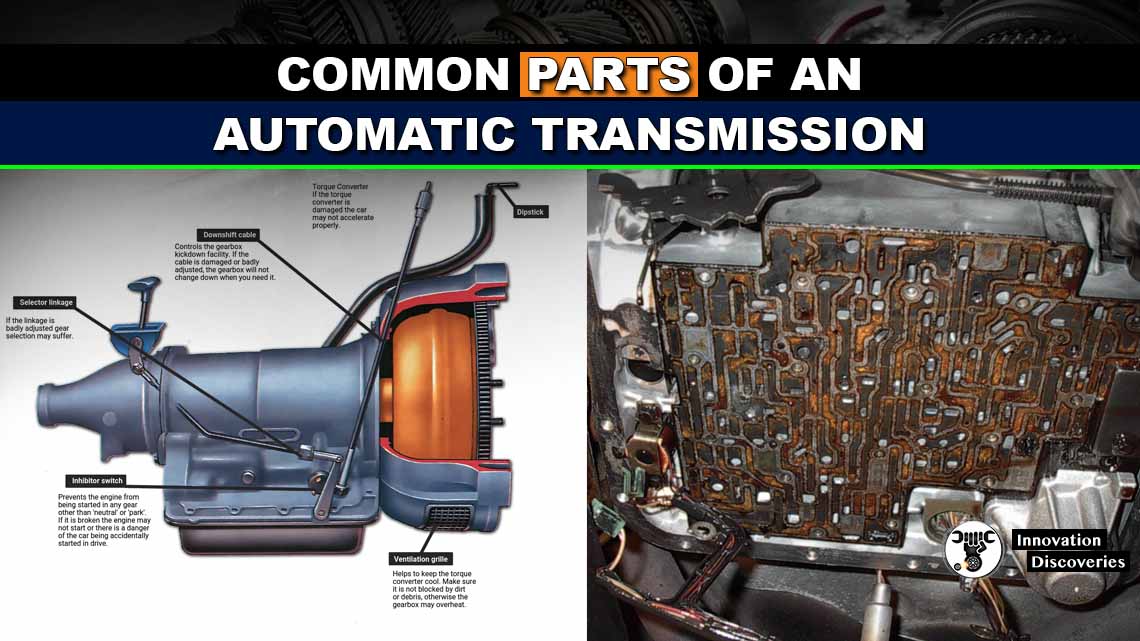
A large number of components make up all the parts of an automatic transmission.
Every automatic transmission has these eight main parts, all of which are essential for the proper functioning of your transmission.
But to know how they get the vehicle moving, you need to learn more than just the part names.
1. Torque Converter
There is no clutch on automatic transmissions; they have a torque converter instead.
This replaces the clutch and the same function is performed.
Your transmission can’t shift gears while it’s still engaged to the engine; otherwise, it would snap gears.
TORQUE CONVERTER: FUNCTIONS, PARTS, WORKING PRINCIPLES, AND TYPES
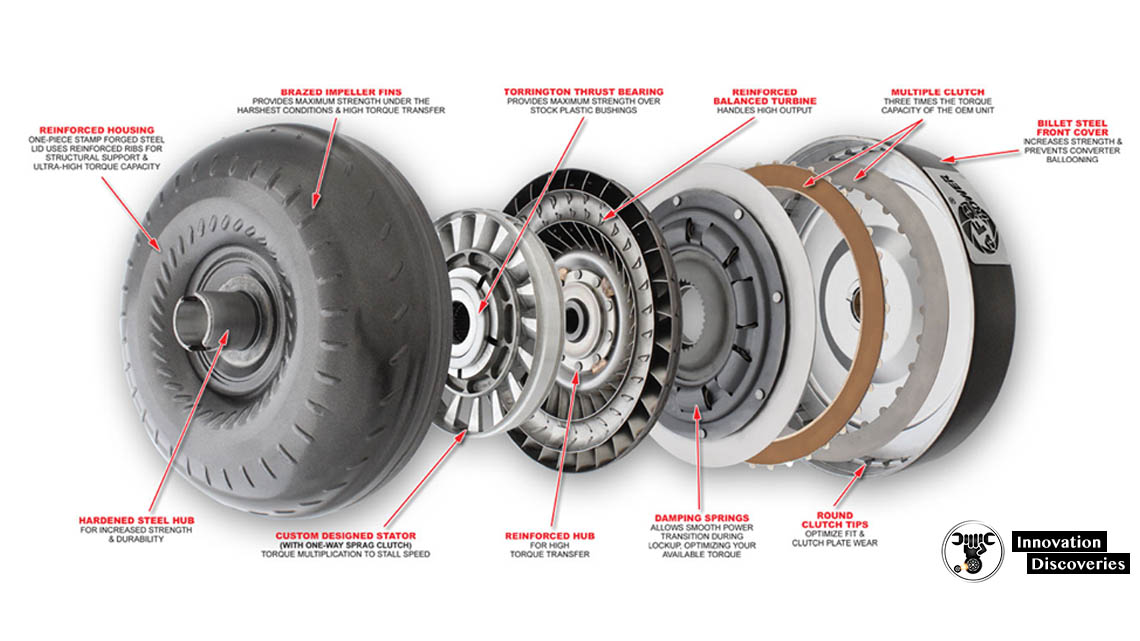
That’s why if you suspect that you might have a bad torque converter, you need to address it immediately.
Your torque converter allows your engine to stay running while disconnecting from the transmission.
Depressing the clutch on a manual transmission is the equivalent of disconnecting the transmission to shift gears.
The interesting about torque converters is that they don’t connect an engine to the transmission with a physical connection of bolts, nuts, or gears.
Instead, it’s all through transmission fluid.
Read: 5 CAUSES OF TRANSMISSION FLUID LEAKS AND REPAIR COST
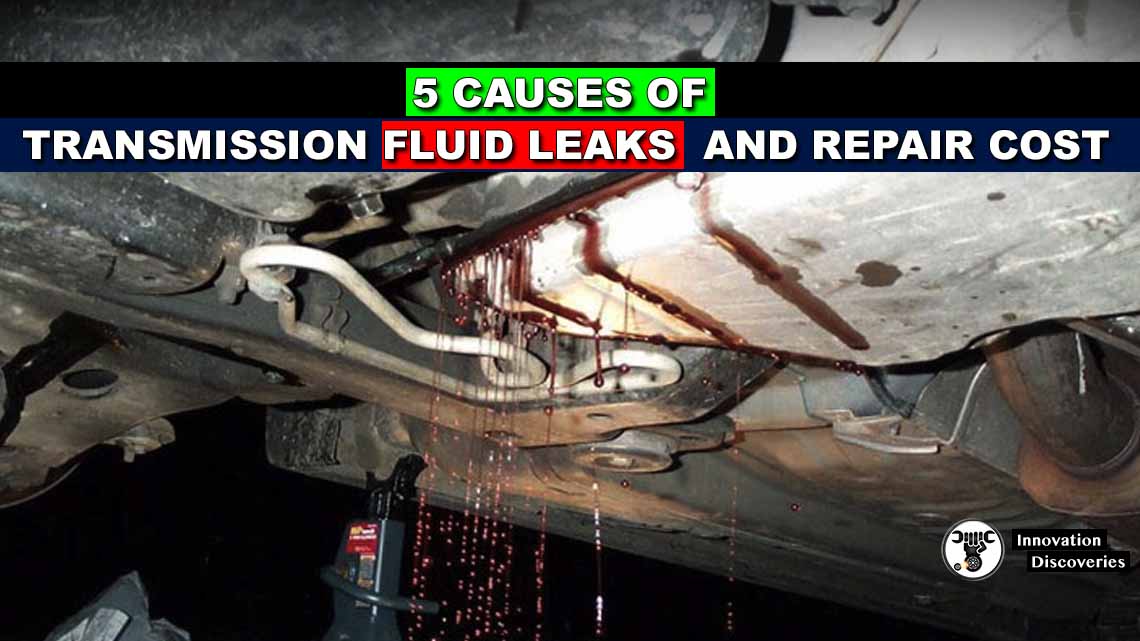
While the internal workings of a torque converter can be complicated, but, it’s much like how you can power a fan by pointing another fan at it.
Once you’ve disconnected the first fan, you can quickly turn off the second without hurting yourself.
2. Oil Pump
An automatic transmission’s oil pump functions similarly to any other oil pump.
It delivers the transmission fluid to the valve body from the transmission pan, which directs all the various components throughout the transmission as needed.
Read: THE MUST-KNOW OIL PUMP FAILURE SYMPTOMS
It’s not an overly complicated component, but it is an integral part of the system and is one of the few components in a transmission that will occasionally fail.
3. Planetary Gear Set
Unlike a manual transmission, which has a set of multiple gears that make up the gearbox, an automatic transmission has one or more (usually more) planetary gear sets.
Planetary gears have three sets of gears. The main gear is the sun gear, and it is in the centre of the planetary carrier.
Read: MAIN GEAR CONSTRUCTION
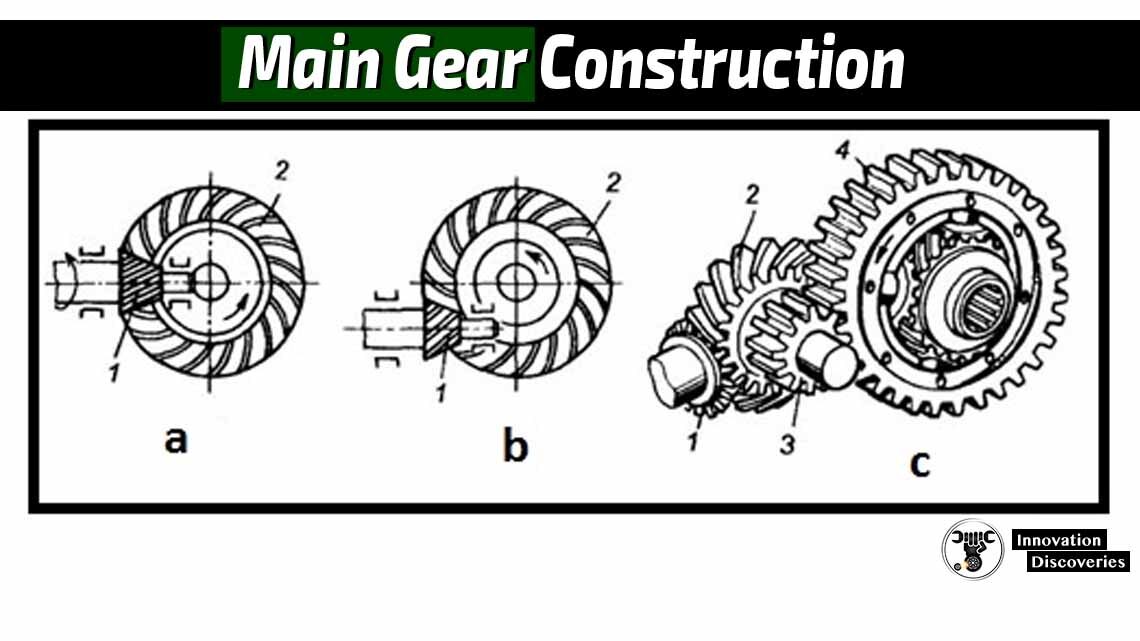
The second set is the planetary gears.
There are typically three or more of these gears and the mesh between the sun gear and the ring gear.
The ring gear surrounds all of the planetary gears with one ring, connecting the entire system and bringing it together.
The system works by locking two of the three gear sets at a time.
Since each gear set is a different size, this gives you a multitude of gear ratios by merely locking the other gears in place.
It’s an incredibly efficient system – and allows the transmission to utilize a variety of gear options without the setup that a manual transmission uses.
4. Clutch Packs
With a manual transmission, you manually select the gear you want to engage – an automatic transmission is a little more complicated.
Read: WHAT ARE THE MAIN COMPONENTS OF THE GEAR BOX?
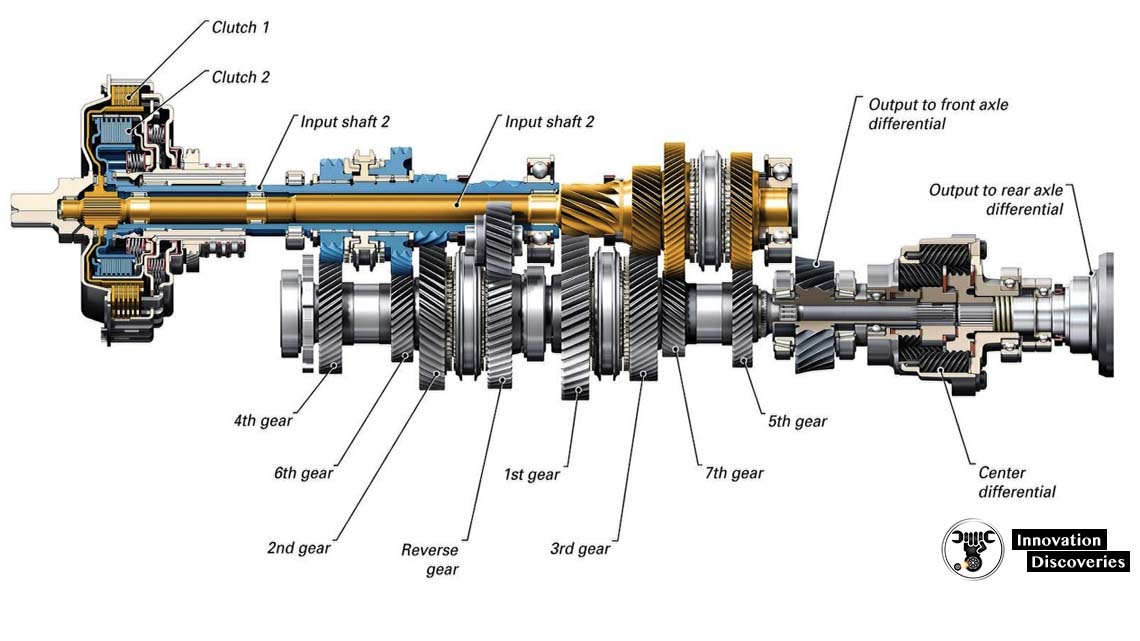
Instead of a manual shifter to get your output to the desired ratio, your transmission uses a clutch pack.
A clutch pack has multiple plates compressed together.
When the valve body sends oil pressure to the clutch pack, it locks a certain number of clutch packs together, giving you your desired output ratio.
Different amounts of oil pressure engage different quantities of discs, which gives your hub a different gear ratio.
Read:
GEAR RATIO AND TIRE SIZE CHART
5. Output Shaft
Once your transmission has completed all of its internal magic, it delivers power to the driveshaft, which in turn supplies power to the hubs.
But your transmission’s output shaft is what drives the drive shaft.
It’s typically not the most complicated component.
On one end, you have a gear that connects to the transmission, and on the other end, you have a splined shaft that connects to the driveshaft via a yoke-type universal joint.
WHAT IS DRIVESHAFT? WORKING OF DRIVESHAFT
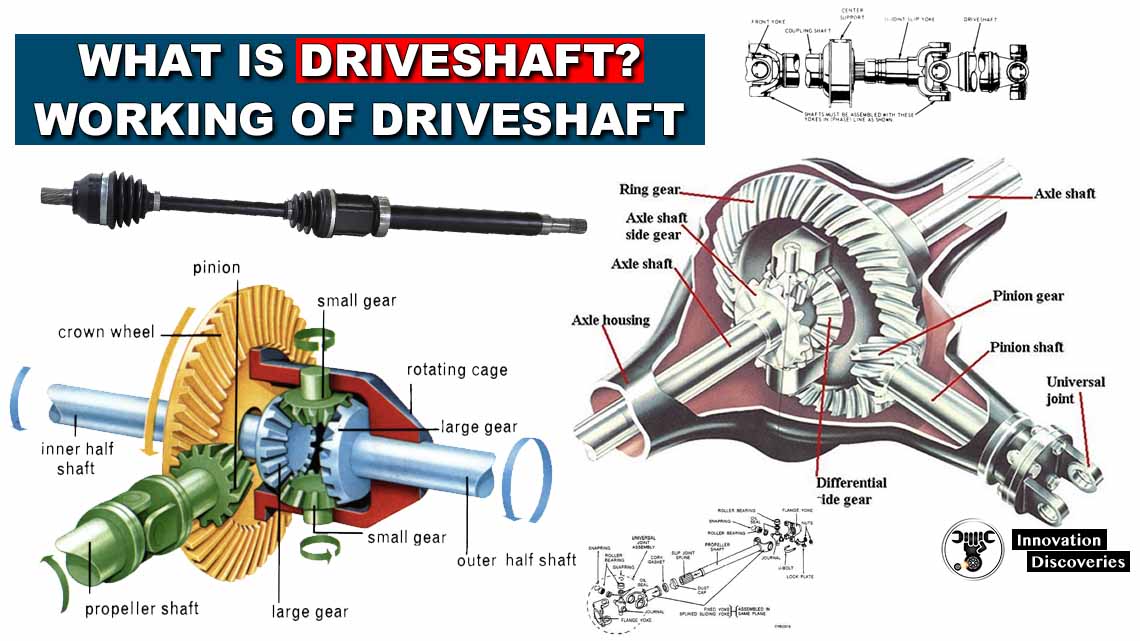
6. Brake Band
Brake bands serve one purpose – to temporarily hold planetary gears.
They allow the engine RPM to get in line with the gear ratio before releasing, which allows for smoother shifting.
Brake bands work much like drum brakes, with a piston squeezing the band around a drum.
The harder the piston pushes, the more braking power is applied.
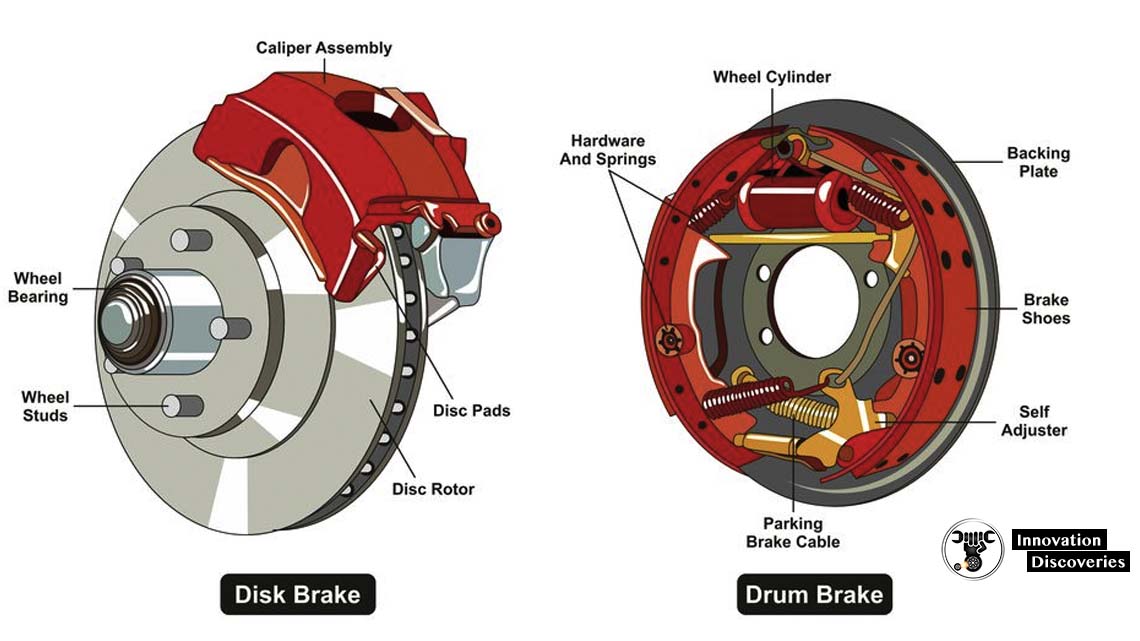
DIFFERENCE BETWEEN DRUM BRAKE AND DISC BRAKE
CONVERT DRUM BRAKES TO DISC BRAKES IN 3 STEPS!
WHAT’S THE DIFFERENCE BETWEEN BRAKE SHOES AND BRAKE PADS?
7. Oil Pan
Just like your engine has an oil pan on the bottom, so does your transmission.
It does exactly what you think it would; it holds the excess transmission fluid (oil) for the oil pump to pull from when needed.
Read: HOW DOES AN OIL SUMP WORK IN YOUR CAR?
It typically has a transmission fluid filter attached, either internally or externally.
It’s one of the most basic components of your transmission, but it’s also one of the components most likely to need repairs.
The gaskets around the oil pan often leak transmission fluid and need to be replaced.
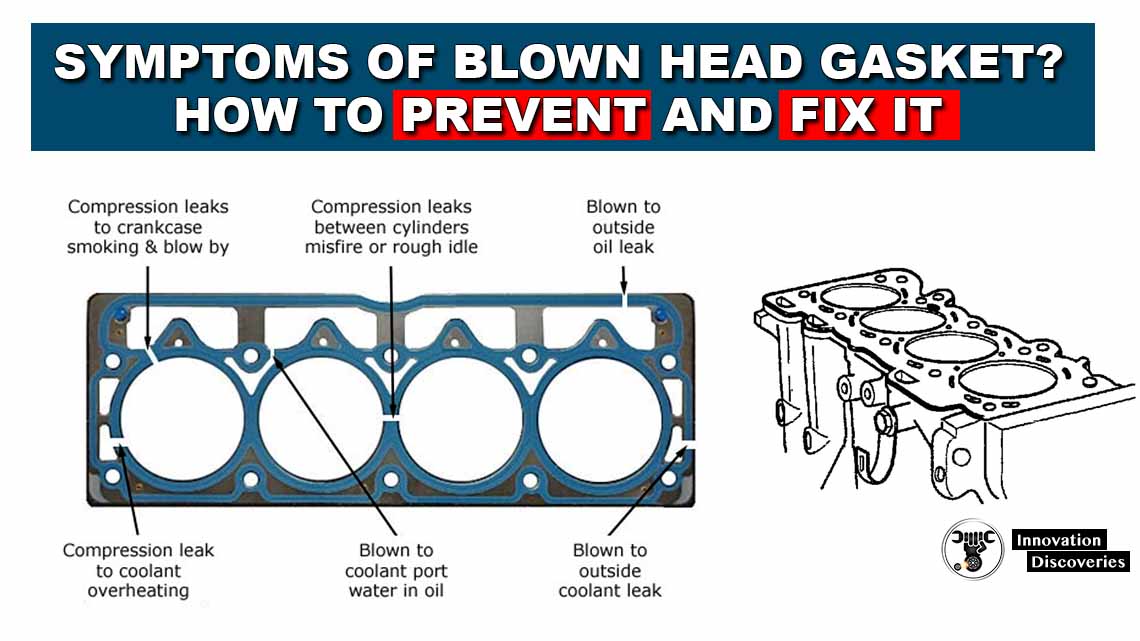
HOW TO CHOOSE THE RIGHT GASKETS
DETECTING HEAD GASKET ISSUES AND THE SOLUTION
WHAT ARE THE INTAKE MANIFOLD GASKET LEAK SYMPTOMS?
8. Valve Body
Your engine has an ECU, and your automatic transmission has a valve body.
This component directs all the pressure from the oil pump to all of your transmission components to get the desired results.
From the torque converter to the clutch packs, nothing gets transmission fluid without the valve body telling it where to go.
ECU CHIP TUNE | IGNITION TIMING | INCREASE HORSEPOWER
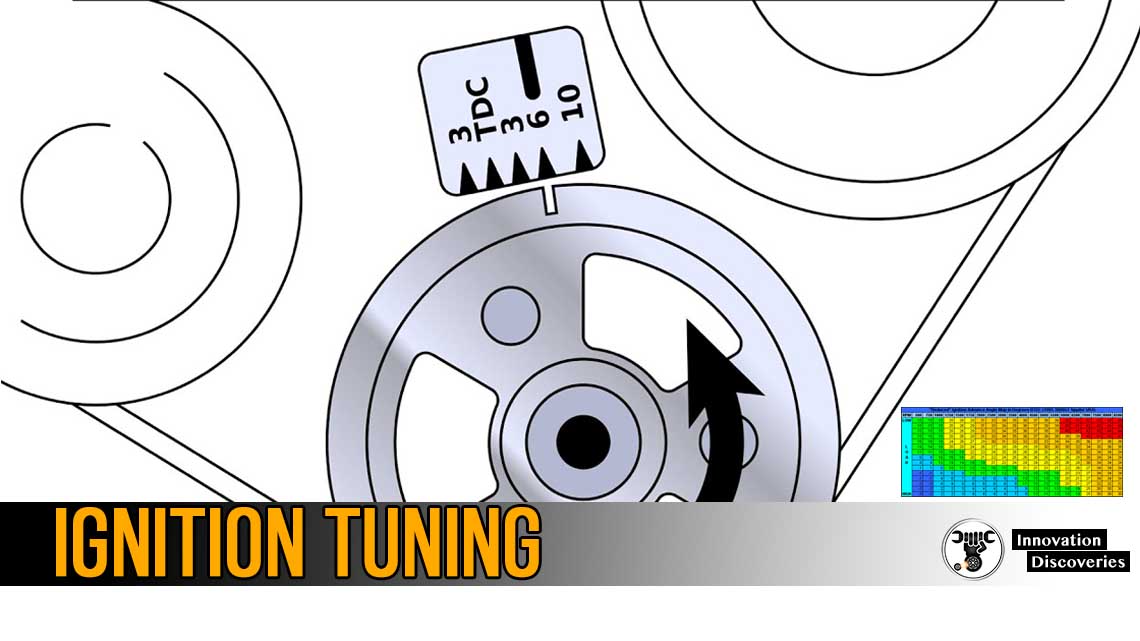
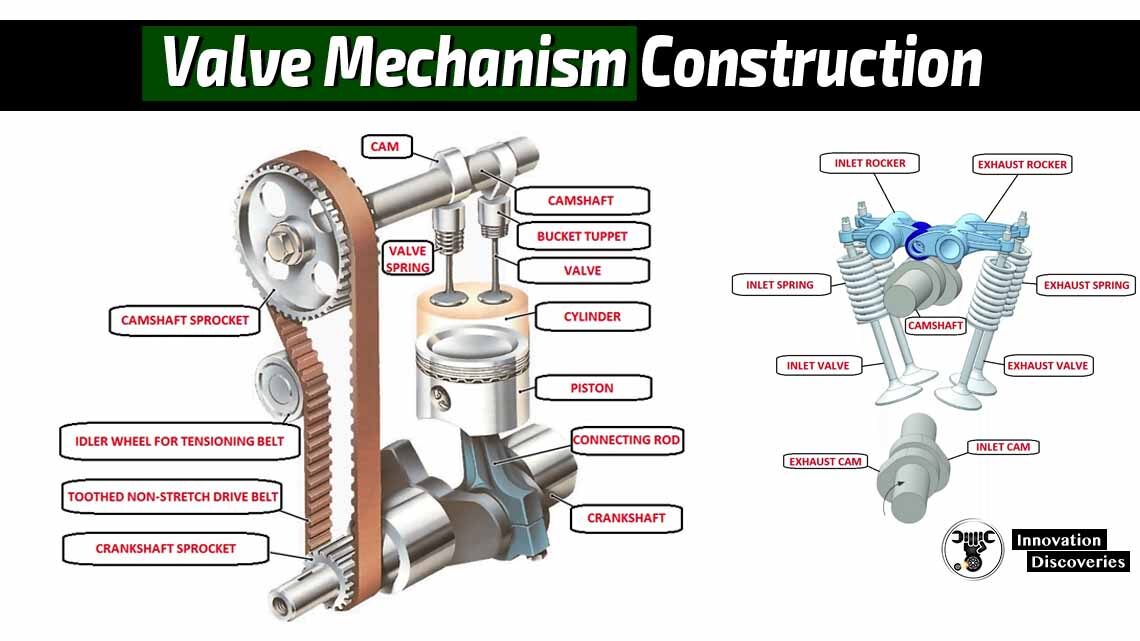
Download: VALVE SELECTION HANDBOOK | PDF
In an automatic transmission, it’s controlled by sensors, which work directly with the transmission control module (TCM) to control where all the fluids are sent.
It’s a complicated component, but it’s the most important one in your transmission.
See More:
- 4 Common Symptoms of Automatic Transmission Problems
- How To Do Automatic Transmission Service Yourself?
- Automatic Transmission Valve Body Functions And Failure Symptoms
- Detecting 6 Common Automatic Transmission Problems
- Continuously Variable Transmission : Advantages and Disadvantages



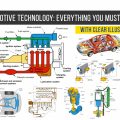


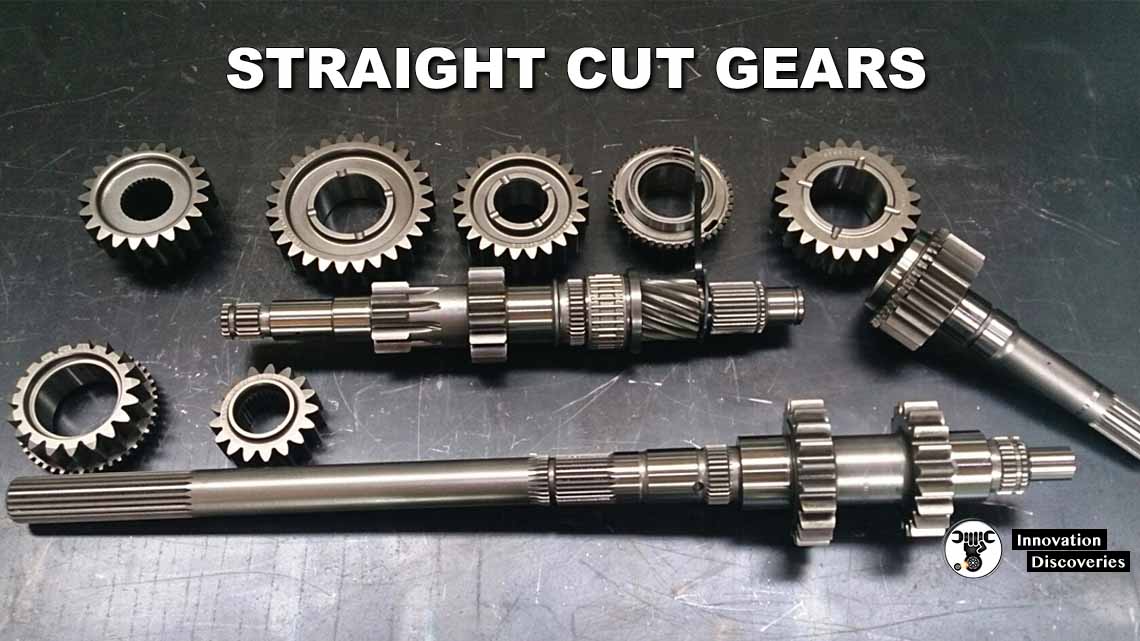
I appreciate most of your classes,